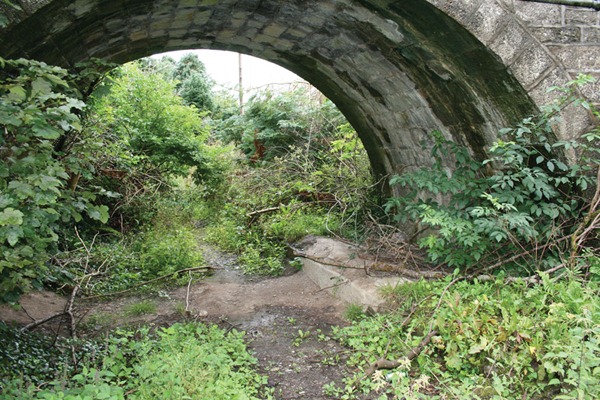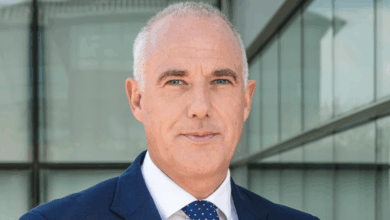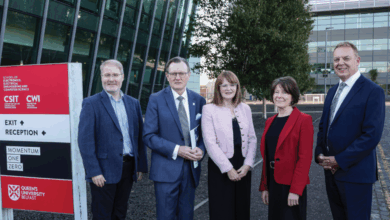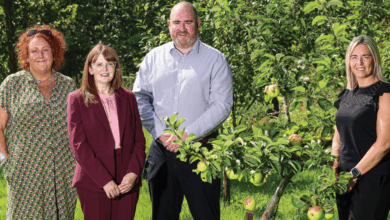Ulster Canal plans
agendaNi takes a look at plans to reopen the first phase of the Ulster Canal.
Part of the Ulster Canal, which closed almost 80 years ago, could be re-opened by 2013 now that plans for the first phase of the project have been published.
The canal, which is currently disused, runs through part of County Armagh, County Tyrone and County Fermanagh and County Monaghan in the Republic.
The 74km waterway was built between 1825 and 1842 with 26 locks. It ran from Charlemont, County Armagh, to Wattlebridge in County Fermanagh, south-east of Upper Lough Erne.
The last trading boat used the canal in 1929 and it was officially closed in 1931. A limited water supply combined with significant water leakages was the main reason the canal was forced to close.
The narrow width of the locks was another of the canal’s shortfalls, with the smallest lock being the narrowest in the country. This meant that many of the boats from other navigations were unable to pass through it.
However, Waterways Ireland has now decided to reopen a section of the canal from Lough Erne to Clones in County Monaghan. The project is part of a wider, long-term scheme to reopen the entire canal.
Construction costs for the first phase of the project are estimated at €35 million. This will be funded by the Irish Government and annual running costs will be shared with the Northern Ireland Executive.
A Waterways Ireland spokeswoman said the reopening of this section of the Ulster Canal will have many benefits, including the “economic and social contribution of this waterway to sustainable tourism, both as an attraction in its own right and as a link to related local businesses”.
The link will eventually allow for navigation between the Shannon at Limerick and Clones, and it is hoped it will provide a wide range of recreational, leisure and tourism activities.
Fermanagh councillor Fergus McQuillan said the project would be a “huge boost for tourism” in the area.
“We had a great influx of fishermen in Fermanagh over the years but that seems to have gone back a bit now. Hopefully reopening the canal will attract people again”, he said.
McQuillan added: “The project will build up water sports and outdoor activities, which we are well geared for and we are hoping this will attract more visitors.”
Waterways Ireland has put forward five route options, which have gone through a period of public consultation. The main route will now be finalised and a request for planning permission will be submitted. The spokeswoman said construction will begin as soon as permission has been granted and that the project will take two years to complete.






